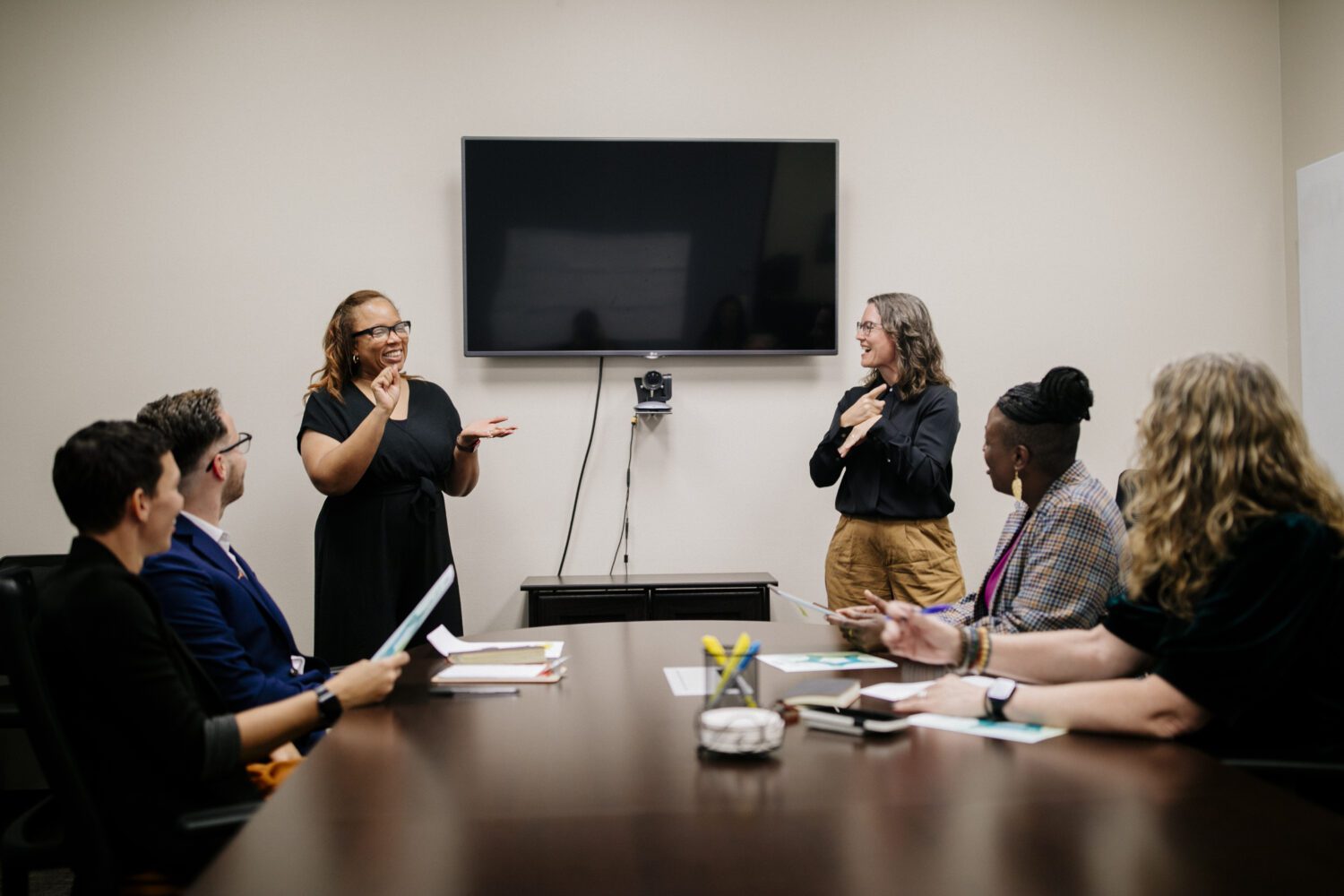Deaf college students have faced many challenges in higher education—like delays in getting services or feeling left out on campus. A new study from the National Deaf Center on Postsecondary Outcomes (NDC) shows that the COVID-19 pandemic made these problems worse. Many deaf students ended up leaving college during this difficult time.
In a recent article in the Journal of Deaf Studies and Deaf Education, researchers Dr. Carrie Lou Bloom and Dr. Jeffrey Palmer, published in the Journal of Deaf Studies and Deaf Education, found that, during the early months of the pandemic, deaf college students were nearly twice as likely to leave college as hearing students—even when they had the same support from their schools.
What the Study Looked At
The researchers used national data from the National Postsecondary Student Aid Study (NPSAS) to better understand how the COVID-19 pandemic affected college students. They focused on three main questions:
- Did deaf students get clear and helpful communication from their schools?
- Did they have more problems with housing, schoolwork, or money?
- Were they more likely to take a break from college or leave altogether?
Key Findings
“Deaf students in higher education may already be on thin ice… institutional support alone may not be enough when something big happens.”This shows that deaf students can still face serious challenges during a crisis—even when schools think they are providing enough help.
Why This Matters
Deaf students often face challenges in college that make it harder to finish their degrees. These include delays in getting information, feeling worn out from managing access needs, and feeling left out socially.
Only 22.7% of deaf people have earned a bachelor’s degree or higher, compared to 38.4% of hearing people. College enrollment is also lower—just 5.2% of deaf people ages 16–64 are in college, compared to 9.8% of hearing people.
The authors point out:
“Colleges are obligated to do everything in their power to keep the few deaf students who do enroll and support them through graduation.”
This research shows that offering services isn’t enough. Schools need responsive systems that respond to deaf students’ real experiences and build a true sense of belonging—especially during times of change.
As Dr. Bloom explains:
“Colleges may be meeting their obligations on paper, but that doesn’t mean deaf students feel included. Support must go beyond basic rules—it must help students feel like they truly belong.”
What Colleges Can Do
The study encourages colleges to strengthen support for deaf students at all times—before, during, and after a crisis. Schools should:
- Make sure access is real, not just something they check off a list
- Include deaf students from the very start—in orientation, classes, and campus life
- Listen to deaf students and make changes based on their feedback
As Dr. Bloom says:
“When you design with deaf students in mind, you build a campus that works better for everyone.”
Want to learn more about how NDC supports colleges, state agencies, and community members? Contact us to access tools, data, and personalized support! You can reach out to us via email at help@nationaldeafcenter.org for one-on-one support.
Learn More About the Authors
Dr. Carrie Lou Bloom, Co-Director of NDC
Jeffrey Palmer, Research Associate at NDC











